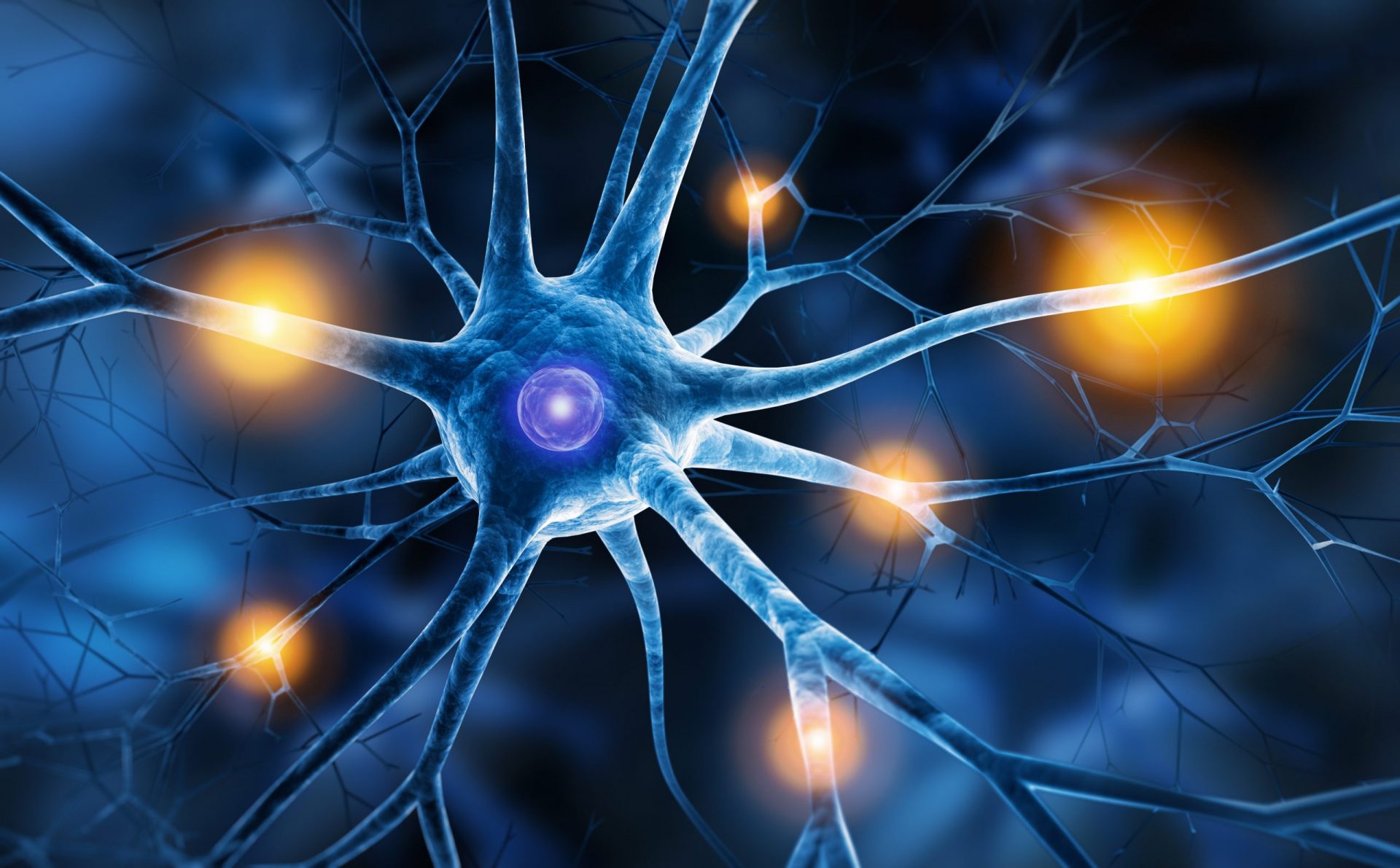
Anticonvulsants are ineffective in about one in three patients with epilepsy, for whom only surgery could potentially stop their seizures. But detecting a seizure trigger in the brain is no small task. Indeed, it may require the insertion of electrodes—a procedure that doesn’t always produce the intended results and involves the risk of complications. Along with her team, Dr. Birgit Frauscher, Professor at the Montreal Neurological Institute and Hospital of McGill University, has developed a tool to identify the patients who won’t benefit from the invasive diagnostic technique.
The neurologist and her collaborators first analyzed data from 128 patients who underwent the procedure to determine five variables that can predict the success (or failure) of the operation, such as the identification of a lesion using medical imaging or of focal electrical activity in the brain at the onset of a seizure. The experts relied on their findings to develop a statistical model they dubbed the 5-SENSE score, which they validated it in a larger cohort of 207 patients who suffer from complex seizures in nine epilepsy centres around the world.
The results are promising, since the 5-SENSE score makes it possible to reliably select patients in whom electrode implantation won’t be effective. This is a major advancement for clinicians, who now have a quick and simple tool to assess patients in only a few minutes so they can avoid an unnecessary and disruptive procedure that also takes a toll on hospital resources. The research team is now focused on enhancing the sensitivity of the 5-SENSE score, and a study involving several neurological centres is planned.
